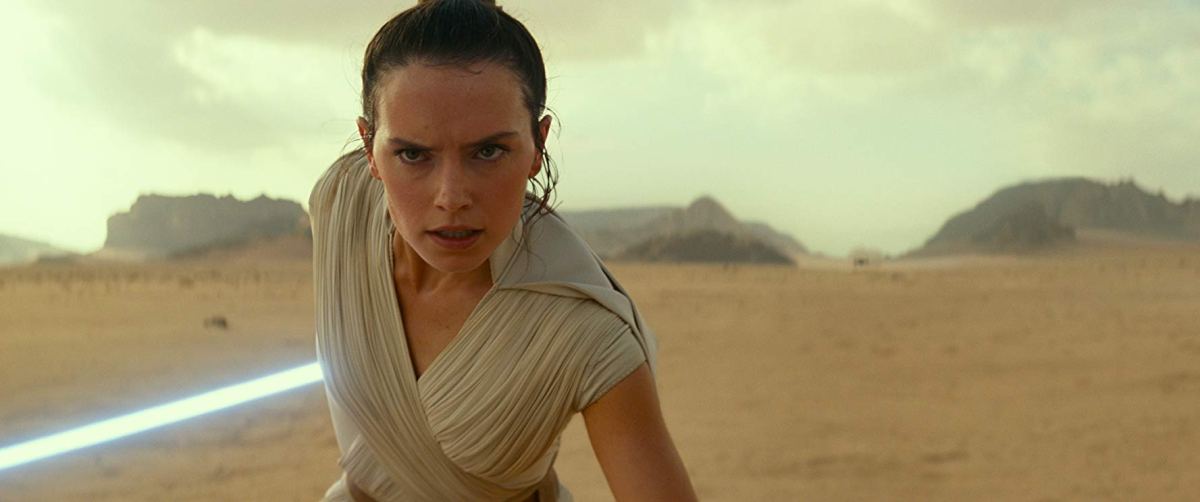J.J. Abrams returns to direct a mixed finale to the Sequel Trilogy and the Skywalker Saga.
My love for The Last Jedi is, at this point, well documented. While The Force Awakens was a massively fun thrill ride of a Star Wars movie, TLJ moved me in ways I didn’t think were possible. Not only was it a great Star Wars film, it was a great *any kind of* movie. It accomplished this by constantly defying expectations, resisting any inclination to formula and offering a wholly unique perspective and story.
Where The Force Awakens was intentionally familiar in many aspects of its storytelling, The Last Jedi revealed something new with every scene. While it certainly continued on the story of Luke Skywalker and his relatives and friends, it also took the saga in a new directly by focusing on the kinds of people who have had to make a galaxy at war their home. And it suggested you didn’t need to be part of that lineage or group to make a difference in the world. Instead, you could be no one from nowhere – a junk salvager on a desert planet, a stable boy in a resort frequented by war-profiteering oligarchs – and still be important, still have a destiny.
That message is all but erased in The Rise of Skywalker. Once more, lineage is the only important factor determining how much success and influence you can enjoy in the universe. If you’re not to the manner born you are simply one of the “other” who only play minor roles in supporting the mission of those who are truly important.
While that might be more in keeping with the original idea of the Star Wars saga, it’s not necessarily one that’s reflective of the times we’re living in. Nor is it the only problem with the story Abrams and his writers wound up telling.
Abrams is well known for his “mystery box” way of structuring stories. He loves putting big twists into his shows and movies that reveal themselves either suddenly or over the course of several episodes, with the outcome drastically changing the audience’s understanding of what they’ve seen.
The Rise of Skywalker has several such moments, including what’s meant to be an earth-shattering revelation toward the end. But these payoffs to mysteries that have been speculated on and debated in the four years since TFA came out don’t feel in any way earned and therefore don’t carry the meaning and emotional heft they are intended to.
It comes down to the difference between “stakes” and “mysteries.” The latter can be explained or revealed and it’s supposed to be shocking. The former is supposed to make you feel something and care about the characters and the situation they find themselves in.
There are stakes in TLJ – Poe’s journey from hotshot pilot to reasoned leader, Luke’s grappling with insecurity and shame as he reflects on how his actions have impacted the universe, Finn’s perspective opening up to see more of the world around him – that go beyond simple story points. They are the messages the story is there to reinforce. So much subtext can be found in TLJ that watching it offers up something new every time. Such depth isn’t better or worse than the fast-paced kineticism of TFA, just different.
The story and its attendant twists are so prevalent in TROS, though, that nary a moment can be found where things slow down enough for any of the action and events to mean anything. No stakes are felt because none of the big moments are earned through intricate setup. In TLJ, even the joke moment with the porg crashing into the Falcon’s window during the final battle has been earned through all the development they were given leading up to that.
The Rise of Skywalker is in many ways a satisfying ending to the Star Wars saga that I and countless others have been following over the last 42 years. Most of the story choices made by the filmmakers were compelling and interesting and logical. Few, though, rise to the level of high emotion that Johnson’s did in The Last Jedi.


